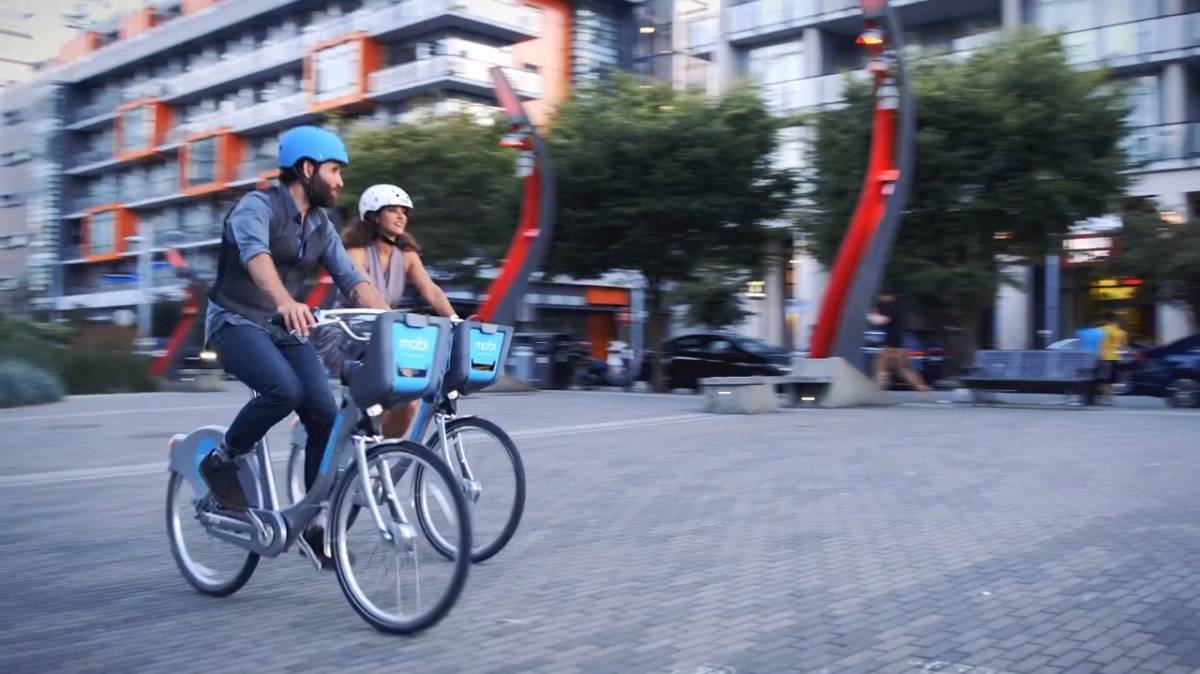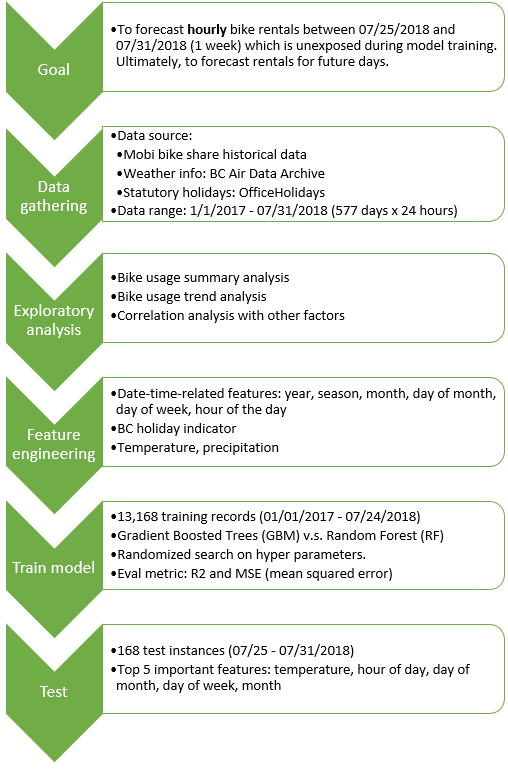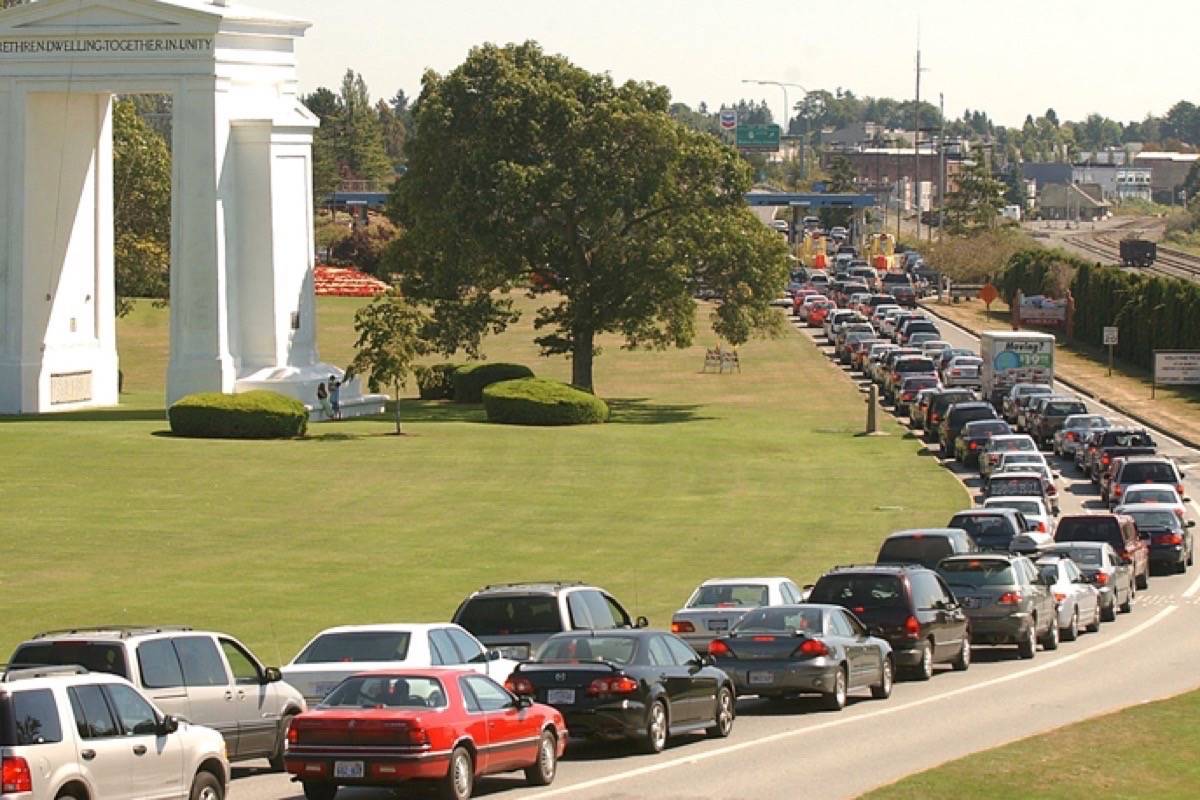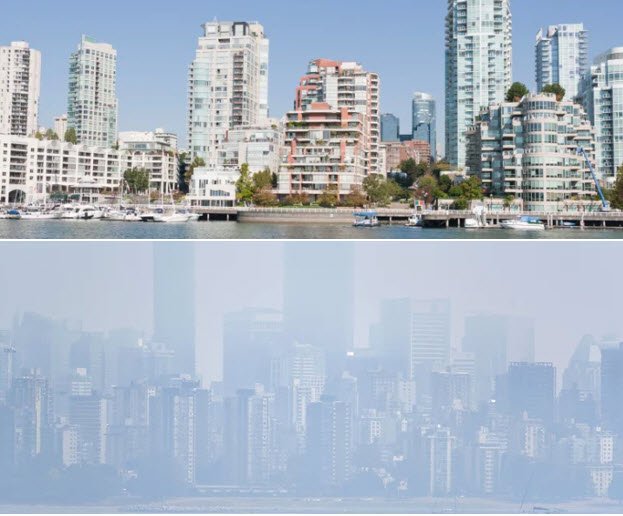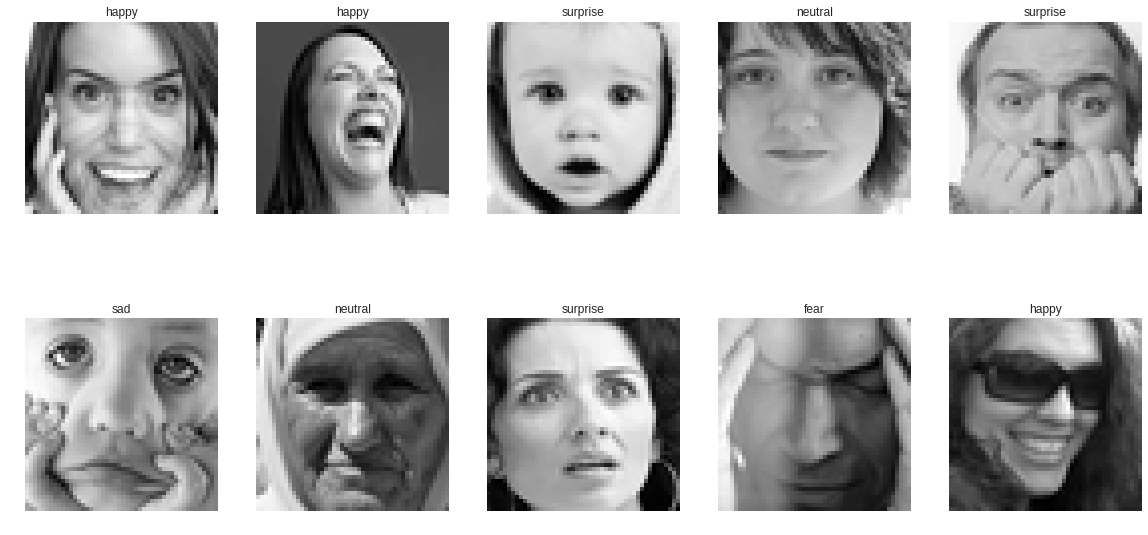What are the most demanded skills for data scientists? Python, R, SQL, and the list goes on and on. There are many surveys and reports that show some good statistics on popular data skills. In this post, I am going to gather first-hand information by scraping data science jobs from indeed.ca, analyze top skills required by employers, and make job recommendations by matching skills from resume to posted jobs. It will be fun!
Quick summary of the project workflow:

Continue reading “Simple Skill-based Job Recommendation Engine”

